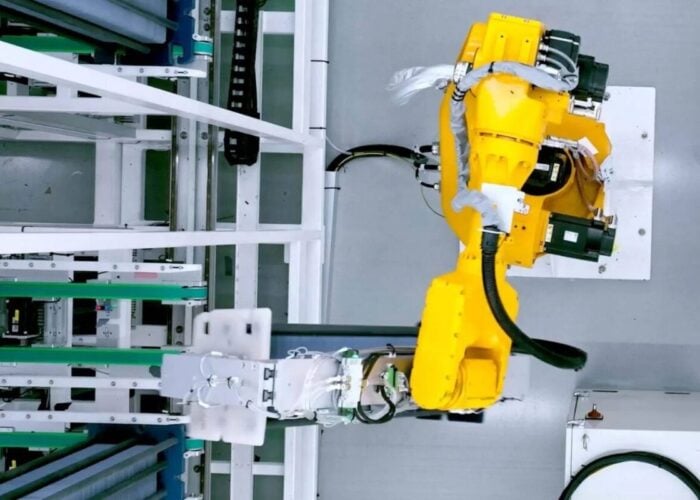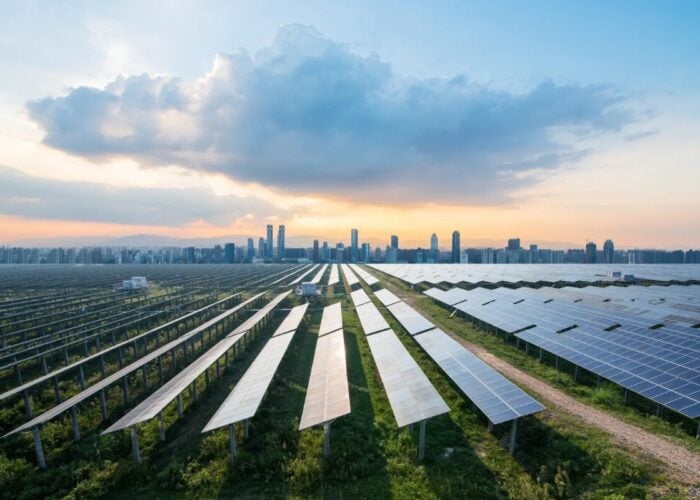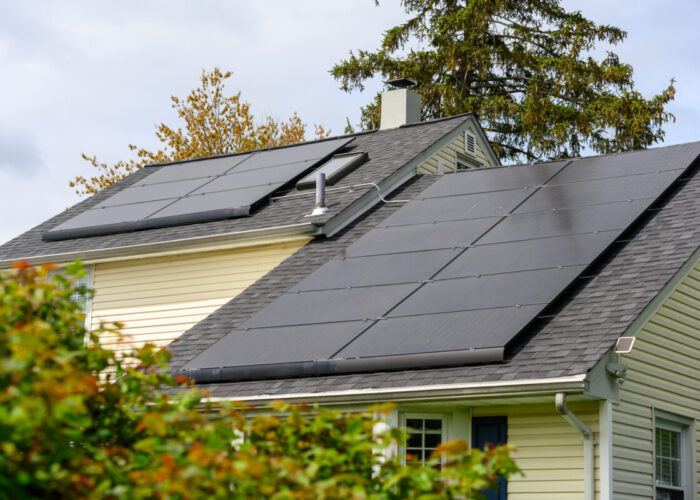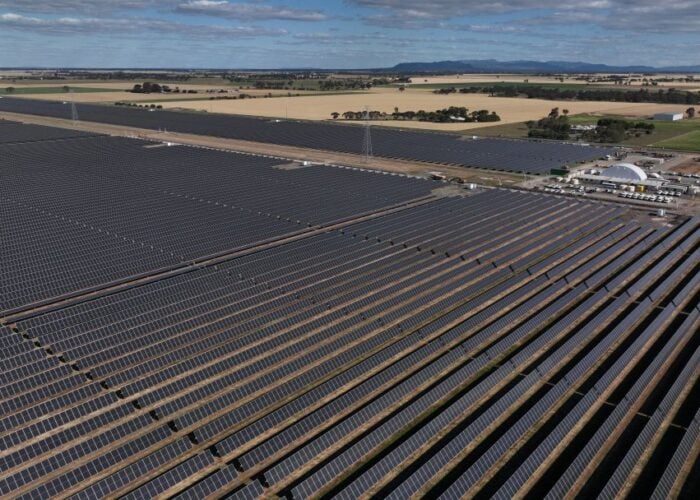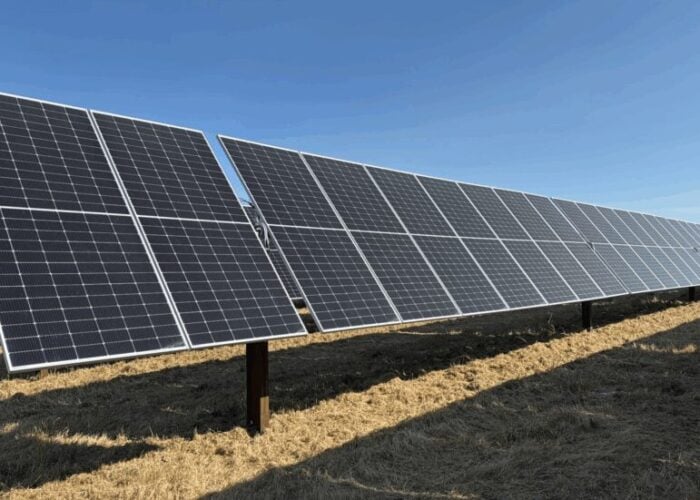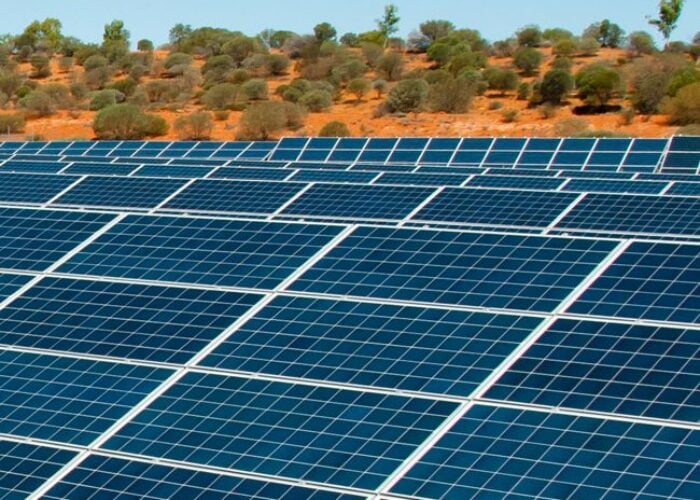What has been Showa Shell Solar will soon be sporting a new name—Solar Frontier. The Japanese thin-film photovoltaics company will be making the brand change on April 1 as part of a plan to expand its global network and eventually hit a target of 1GW of sales per year of its copper-indium-selenide (CIS) modules to customers worldwide.
The rebranded company (Solar Frontier was the original name of its international sales subsidiary) will open offices in Northern California and Munich. A third factory, which will join the two existing production facilities in Japan with a nominal capacity of 100MW, will begin operations in Miyazaki in 2011. The price tag for the new 900MW fab has been reported to be around $1 billion.
Try Premium for just $1
- Full premium access for the first month at only $1
- Converts to an annual rate after 30 days unless cancelled
- Cancel anytime during the trial period
Premium Benefits
- Expert industry analysis and interviews
- Digital access to PV Tech Power journal
- Exclusive event discounts
Or get the full Premium subscription right away
Or continue reading this article for free
Collectively, the third factory will bring Solar Frontier’s total nameplate to 1GW—by far the largest collective capacity in the works for any CIS/CIGS company. The number is on par with Sharp Solar’s stated plans to open a 1GW triple-junction thin-film silicon PV fab in Osaka and trails only First Solar, which already has more than a gigawatt of CdTe production online, in terms of current and projected total capacity in the thin-film PV sector.
Brooks Herring, director of international business, said that the opening of the third plant will allow the company to “offer the full benefits of economy of scale to our customers. This is matched by the strong economics of panel performance we have developed through years of research, development, and testing in the field.”
“Our panel development engineers understand that economics is the key driver of a panel’s value, which depends on the combination of efficiency, durability, stability, temperature coefficient, degradation, and numerous other factors, whether you are a home owner, business, or utility,” he continued. “There is far more than a gigawatt of demand for the superior economics we can deliver.”
CEO Shigeaki Kameda noted that the company’s “production, factory, and quality assurance engineers understand this as well. Our gigawatt-scale capacity is an engineering decision as well as an economic decision because this is what we can do today for maximum production efficiency and minimum energy payback time.”
“Moreover, our panel efficiency will continue to climb toward the aperture area efficiency of 16.0% on a 30cm × 30cm module [that] we achieved recently in our laboratories,” he added. “While the aperture area efficiency of panels coming off of the assembly line today are at a competitive efficiency of around 13.0%, we expect to reach 14.2% when our third plant starts operating in 2011, and approach 15.0% by 2014.”
During a presentation at the PVSEC event last fall in Hamburg, Showa revealed then-current champion conversion efficiencies of 15.73% on a 30cm × 30cm glass module, with an aperture area of 855cm2 and a fill factor of 0.702.
The company also described its monolithic integration fabrication approach for its Solacis modules at the conference.
Molybdenum is sputtered as the back electrode/contact on a glass substrate, then the Cu(In, Ga)(Se, S)2 absorber material is sputtered followed by a sulfurization after selenization (SAS) process, then a chemical bath-deposited Zn(S, O, H) mixture is used as the buffer layer (unlike most CIGS companies, which employ a cadmium-sulfide bath), and then a ZnO:B window/top contact layer is put down using MOCVD.
“We chose Solar Frontier as the name of our international division a few years ago because we knew we stood at the frontier of the photovoltaic industry in terms of research and development,” the CEO explained. “With CIS solar technology, our PV modules today combine compelling economics, nontoxic materials, lower energy consumption in production, increasingly higher efficiency, and greater potential for tomorrow.”
“With this announcement, we signal our commitment and capacity to set and supply the new global standard for photovoltaic panels into the future, starting with the European and North American office expansions,” he concluded.

